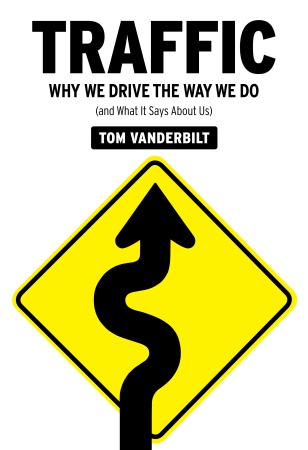The real "common sense" about traffic

According to author Tom Vanderbilt, in "'Traffic' writer reads the road signals to explain drivers' behavior," in today's USA Today:
Much of what he learned was counterintuitive, he says. Consider, for example, the feared roundabout. It starred in National Lampoon's European Vacation when an American family, having driven into a London traffic circle, finds they cannot leave, orbiting endlessly. In real life, studies show well-designed roundabouts are safe and reduce traffic delays.
"The system that many of us would feel is more dangerous is actually safer, while the system we think is safer is actually more dangerous," he says. That is because intersections are what he calls "crash magnets," the site of half of all traffic collisions.
Engineers calculate that a four-way intersection has 56 potential points of what they call "conflict," or as Vanderbilt says, "the chance for you to run into someone" — 33 places to hit a car and 24 spots to hit a pedestrian.
Roundabouts, on the other hand, reduce the number of potential conflicts to 16. They reduce speeds and prompt drivers to pay more attention to what they're doing, rather than simply sailing through a green light. Or "the system that makes us more aware of the potential danger is actually the safer one."
But don't roundabouts slow traffic? That, Vanderbilt says, depends on how you look at it. A driver with a green light makes better time than a driver who has to slow for a roundabout. But "roughly half the time, the light will not be green."
"Slower is faster," Vanderbilt likes to say, noting how traffic lights can be timed to enable drivers going at a certain speed to hit a line of "constant greens."
Labels: car culture and automobility, mobility



0 Comments:
Post a Comment
<< Home